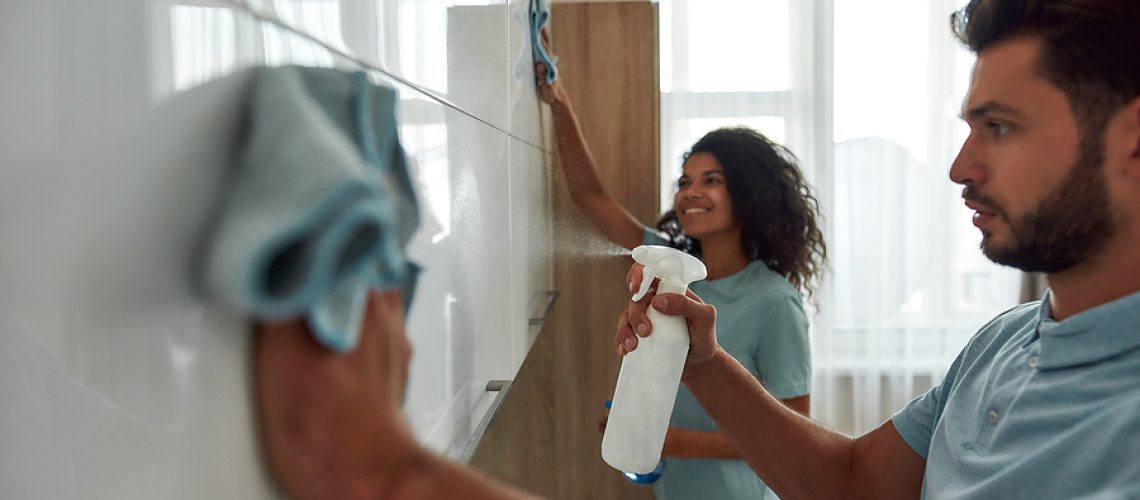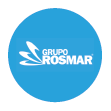Quaternary Ammonium Compounds are commonly known as QACs or Quats.
You are probably hearing this phrase for the first time, but you have been using QACs for the longest time. Remember that hand sanitizer you have been using lately to keep off the CoronaVirus? Or the disinfectant they use to clean your office? All those products contain QACs.
Let’s now get into what you should know about QACs.
What are Quaternary Ammonium Compounds?
QACs are cationic surfactants.
A cation is an ion with a positive electric charge making it move to the negative part of an electric cell during electrolysis. Electrolysis is the use of an electric current to cause a chemical change in a liquid.
Surfactants are compounds that lower the surface tension between:
- Two liquids
- A liquid and a gas
- A liquid and a solid.
QACs, therefore, are positively charged, surface-active agents. They are mainly used in cleaning, sanitizing, and disinfecting.
Why have they gained so much popularity over the years?
Mainly because of their low toxicity characteristic and their ability to take up various formulae depending on application and target pathogen.
Characteristics of QACs
QACs are:
- Positively charged hence used as disinfectants
- Generally, very stable and will not be affected by PH levels
- Poor detergents,
- Good wetting agents
- Non-corrosive
- Surface-active
- Odorless
- Broad-spectrum
- Do not evaporate
- Leave solid residue when they dry up
- They persist in the environment long after use
QACs in Disinfectants and Cleaning Products
QACs have a permanent positive charge making them perfect for use as disinfectants since they can attach themselves to most microbes.
I bet you grew up knowing that opposites attract, right?
That is how QACs work. The positively charged QACs bind themselves to bacteria, which carry a negative charge. When QACs are attached to microbes for an extended amount of time, they damage their cell walls and membranes.
You can use QACs as a disinfectant on their own. Sometimes they are added to cleaning products like hand washing soaps to make them antimicrobial or antibacterial.
Cleaning products that claim to be antibacterial or antimicrobial must contain QACs that must be certified by EPA. However, QAC will only form 1% of the product. Such products are usually labeled to contain QACs as an ingredient and will have words ending with the “Ammonium Chloride.”
QACs usually kill microorganisms in 10 seconds after coming into contact with it. Unlike other disinfectants, QACs don’t lose their power over time, no matter how frequently they are applied.
Apart from homes, you will also find QACs being used for cleaning and disinfecting purposes in health institutions and restaurants.
Efficacy of QACs
The efficacy of QACs is dependent on three things:
- The target microorganism,
- The selection of formulations
- The method of application used
It is important to note that QACs come in different formulations that determine how it reacts to organisms and determines the dosage.
The fact that QACs are flexible makes it possible to develop various chemical structures that have facilitated an increase in their effectiveness and application methods over time. That has brought about the reduction of the cost of QACs products while at the same time decreasing their level of toxicity.
QACs are so effective that at low concentrations of between 0.5 to 5mg per liter, they inhibit the growth of various microbes such as algal, bacteria, tubercle, bacteria spores, and fungus. At higher concentrations of between 10 and 50 mg/liter, they will not only inhibit growth but kill those microbes altogether.
We have all come across QACs and probably didn’t even realize it. That is more likely to happen since the beginning of the Covid 19 pandemic that requires that we take our hygiene a notch higher. We have all used disinfectants, sanitizers, and other cleaning products that contain QUATs/QACs.
If you are worried that there are a lot of QACs in use today and the pathogens may become resistant, you need not worry. Several studies have been done to determine the same, and there is no relationship between antibiotic resistance and the use of disinfectants.


